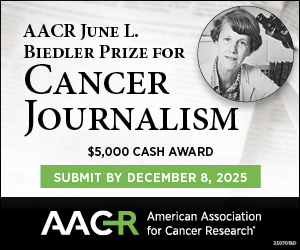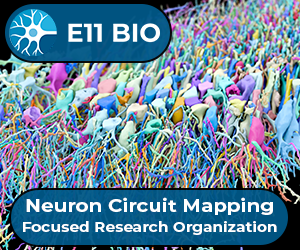As genomic science fiction becomes science fact, Dennis Meredith explores in fiction the ramifications of developing genetically engineered pets, including exotic crosses, like cogs, dats, and hamakeets, and an alluring iridescent blue cat.
NASW members are invited to apply for travel grants to attend the Lindau Nobel Laureate Meeting June 28-July 3 in Lindau, Germany. Apply by March 1, 2015, for the opportunity to connect with 60+ Nobel Laureates in physiology & medicine, physics, and chemistry and over 600 young researchers from 80 countries.


